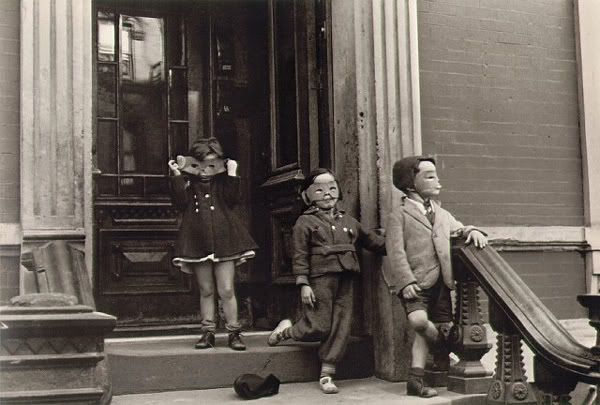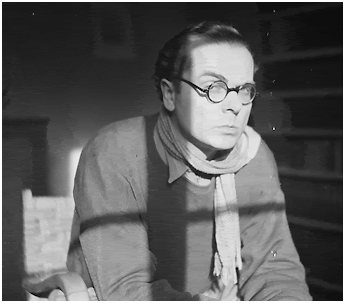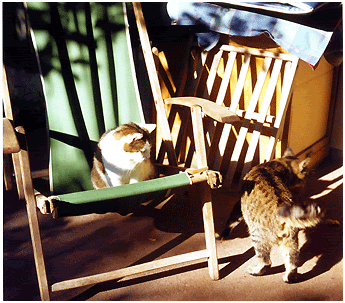 Night in front of the café at the Place du Forum in Arles, 1888 Arles.
Night in front of the café at the Place du Forum in Arles, 1888 Arles.Van Gogh: "I often think that the night is more alive and more richly colored than the day."
 The café in Arles nowadays is of course named after Van Gogh.
The café in Arles nowadays is of course named after Van Gogh.Today would be Van Gogh's birthday. He was born on the 30th of March in 1853 and died on the 27 of July 1890 after a suicide attempt. Recently I finished reading Van Gogh's letters to his brother Theo. I can recommend the book to anyone interested in Van Gogh's work. Throughout his life his brother Theo who as an art dealer in Paris supported Van Gogh and exhibited his paintings. He also was his closest confidant. Van Gogh shared his thoughts on his work, painting and on every aspect of life with him in his letters.Y ou also learn more about the circumstances that led to Van Gogh's mental illness and early death. Just before he died Van Gogh was on the verge of success. His brother organized a big exhibition after his death that was favourably reviewed in the press and highly appreciated by his fellow impressionist painters. Theo died only one year after Vincent in 1891 from a severe illness.
The Van Gogh Museum in Amsterdam shows the exhibition "Van Gogh and the Colours of Night" from the 13th of February to the 7th of June.











